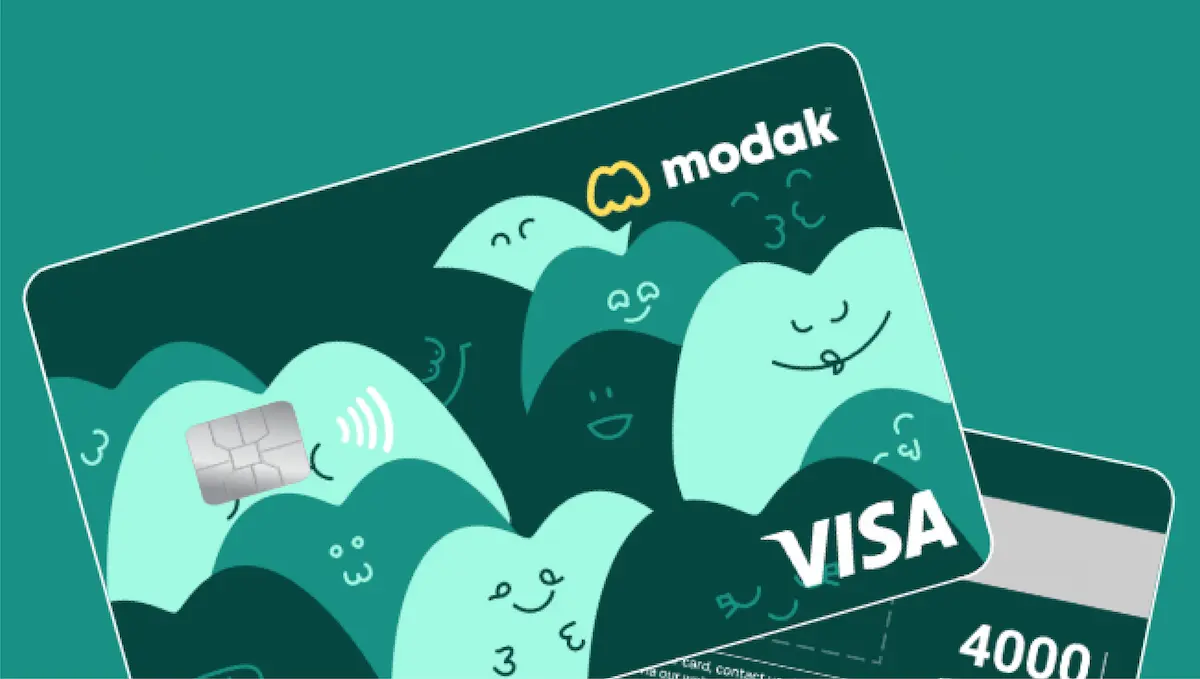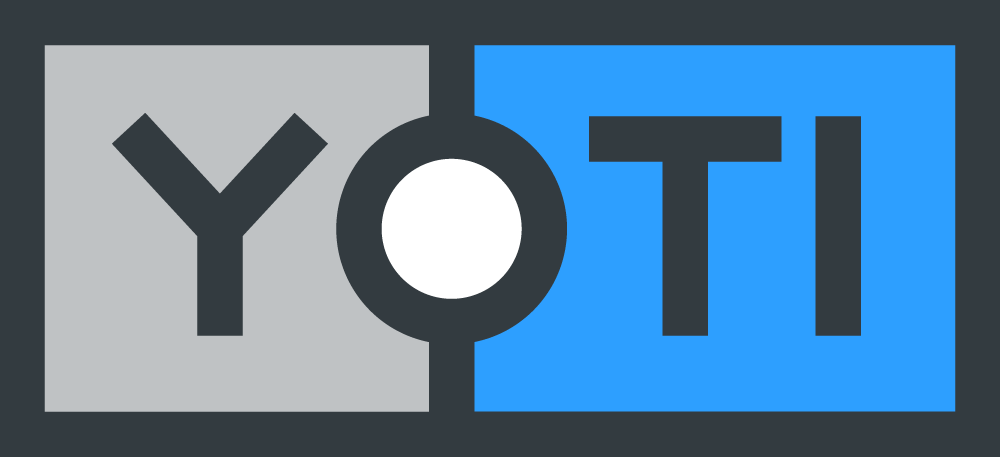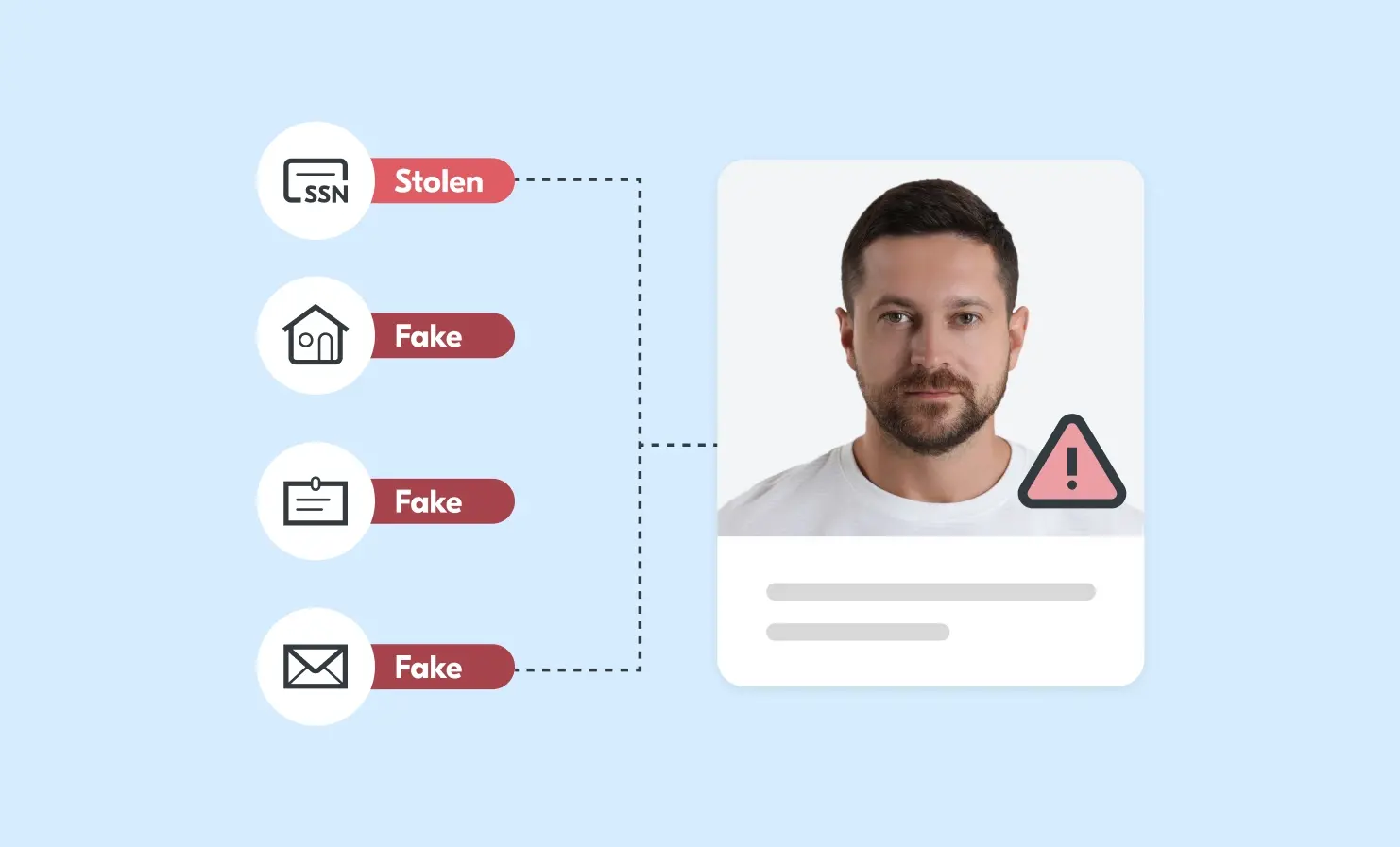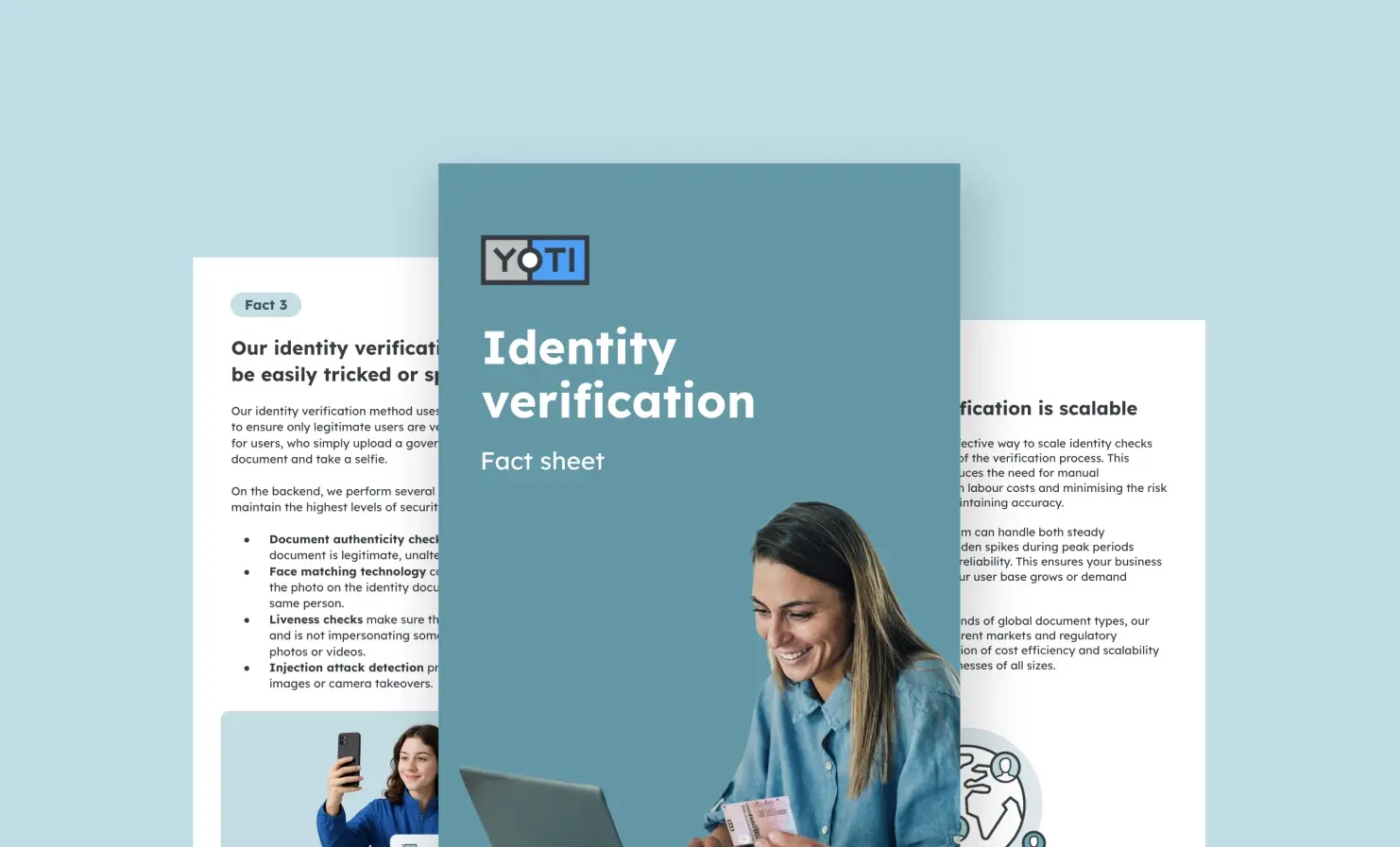
“I am pleased to say that implementing age verification software through Yoti has been a great enabler for our growth. It has enhanced our customer experience by streamlining the process of verifying age, reducing manual errors, and minimising the risk of fraudulent activity. Our customers appreciate the added layer of security and convenience, and it has resulted in increased customer trust and loyalty.”
Madhu Yalamarthi
Modak CEO
Modak is a US startup based in California that’s empowering teens by offering them a Visa-secured credit card and a checking account.
We helped them:
- Ensure their own customers were being honest about their age.
- Create age-appropriate experiences.
Solution: Facial Age Estimation
Industry: Fintech



